From the first challenges to the right approach
In 2010, Hanoi started implementing the National Target Program on New Rural Development launched by the Prime Minister. That was also the time when the city expanded its administrative boundaries according to Resolution 15 of the National Assembly.
The vast development space opens up many opportunities, but also entails many difficulties. At that time, Hanoi had 401 communes implementing the new rural construction, belonging to the group of provinces and cities with the largest number of commune-level administrative units in the country. Besides, infrastructure was still lacking, agricultural production was fragmented, on average each commune only met 1 criterion; average rural income was only about 13 million VND/person/year; the poverty rate was up to 11.25%.
Faced with that reality, Hanoi has resolutely implemented the program of building new rural areas with the synchronous participation of the entire political system and the people. In three consecutive terms, the Hanoi Party Committee has issued key programs on agriculture, farmers and rural areas.
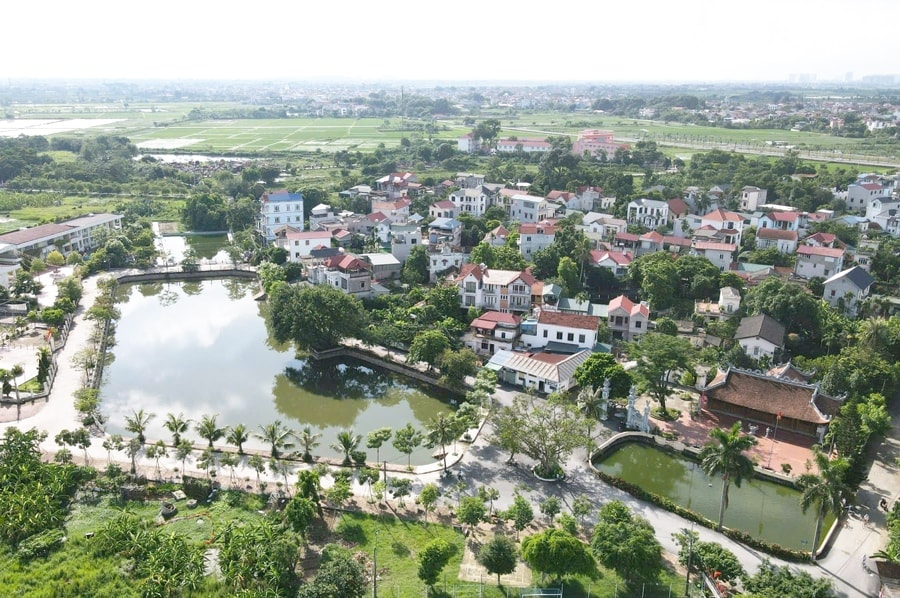
These are Program No. 02 (2011 - 2015 and 2016 - 2020) with the focus on agricultural development, new rural construction and improving farmers' lives; Program No. 04 (2021 - 2025) on promoting the effective implementation of the national target program on new rural construction associated with restructuring the agricultural sector and developing the rural economy, improving the material and spiritual life of farmers. The programs with specific goals, tasks and solutions have become the "compass" for Hanoi to effectively implement the new rural construction program.
One of the important milestones in the process of implementing the new rural construction in Hanoi in the past 15 years is the implementation of land consolidation. Although not a criterion in building new rural areas, land consolidation helps increase the area of a field, creating favorable conditions for farming households, implementing agricultural mechanization, shifting the economic structure of agriculture and rural areas towards industrialization and modernization; gradually dividing labor in each locality, creating jobs, increasing income value per unit of production area.
In fact, before the consolidation, agricultural land in the city was fragmented, each household had from 7 to 39 small plots, causing obstacles to mechanization and production planning. After completing the consolidation, each household only had 1 to 2 large plots, creating conditions for the formation of large-scale fields, facilitating the application of science and technology in production, expanding infrastructure and auctioning land to create resources for the New Rural Program.
Thanks to drastic measures, by 2020 - the year of the end of the second phase of the program, Hanoi left a strong mark when it increased the average income in rural areas to 55 million VND/person/year; more than 90% of communes met the new rural standards; 13 communes met the advanced new rural standards and 7 district-level units were recognized as meeting the new rural standards.
Maintain the leading position of the country
In the 2021-2025 period, Hanoi continues to set a higher goal - building an advanced, exemplary new rural area, associated with urban criteria, preserving cultural identity and developing sustainable ecology. The results by 2024 show that the Capital has completed the task of building a new rural area at the city level, one year ahead of schedule.
After 15 years of implementing the new rural construction, it can be seen that the socio-economic infrastructure in Hanoi's rural areas is increasingly synchronous and completed in a modern direction; the internal structure of the agricultural sector has shifted positively; the material and spiritual life of the people has been constantly improved; the gap between urban and rural areas has been increasingly narrowed; security and social order in rural areas have been ensured and maintained.
If in 2010, the average per capita in the new rural areas reached about 13 million VND/year, then by early 2025 it had increased to 74.3 million VND, ranking first in the country. Notably, Hanoi currently has no poor households according to current standards.
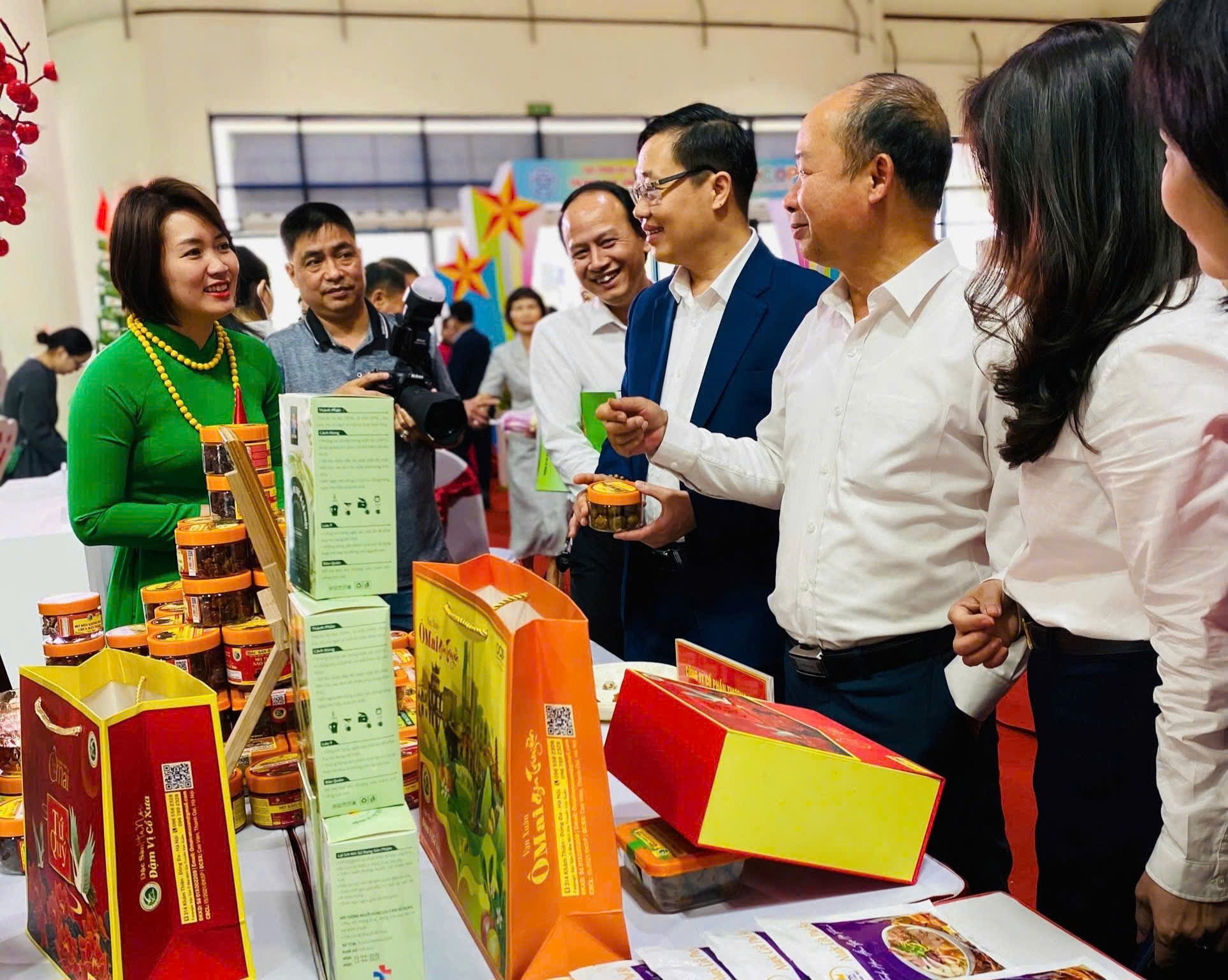
Regarding infrastructure, 100% of communal and inter-village roads have been asphalted or concreted; all communal health stations have met national standards; more than 96% of schools at all levels have met standards; 95% of rural households have access to centralized clean water. The irrigation system actively irrigates over 95% of agricultural land. This is the foundation for sustainable production development.
In addition, the cultural and social environment is focused on. Currently, 98% of villages and hamlets have achieved cultural titles; the landscape is bright - green - clean - beautiful; heritages and traditional festivals are preserved and promoted. Some craft villages such as Bat Trang and Van Phuc have even reached international level when they are recognized as members of the World Network of Creative Craft Cities.
With the efforts of the entire political system and the consensus of the people, for many consecutive years, Hanoi has always been recognized and highly appreciated by the Central Government and has always maintained its leading position in the country in building new rural areas.
Deputy Director of the Hanoi Department of Agriculture and Environment Nguyen Dinh Hoa shared: "We clearly identify that completing the task of building new rural areas is not the end point, but the beginning of a new journey."
According to Mr. Hoa, in the new period, the city will focus on implementing a number of key tasks, such as: developing the rural economy in a modern, sustainable direction, associated with environmental protection. Promoting ecological, organic, circular agriculture, linking production according to value chains to increase income for rural people.
In addition, classify and prioritize investment resources for disadvantaged localities, so that localities can proactively promote their potential and strengths in building new rural areas. The goal is to shorten the gap between urban and rural areas.
In particular, after the Central Government issues the new rural criteria for the period 2026 - 2035, Hanoi will review and evaluate the completion level of communes to build a separate set of criteria for Hanoi in the period 2026 - 2035, in the direction of being higher than the national average. From there, develop plans, allocate resources and assign tasks to departments, branches and communes and wards to implement each year.
Source: https://daibieunhandan.vn/xay-dung-nong-thon-moi-o-ha-noi-hanh-trinh-ben-vung-voi-muc-tieu-nang-cao-chat-luong-song-cua-nguoi-dan-10389759.html




![[Photo] Unique Phu Gia horse hat weaving craft](https://vphoto.vietnam.vn/thumb/1200x675/vietnam/resource/IMAGE/2025/10/10/1760084018320_ndo_br_01-jpg.webp)

![[Photo] Ho Chi Minh City is brilliant with flags and flowers on the eve of the 1st Party Congress, term 2025-2030](https://vphoto.vietnam.vn/thumb/1200x675/vietnam/resource/IMAGE/2025/10/10/1760102923219_ndo_br_thiet-ke-chua-co-ten-43-png.webp)
![[Photo] Opening of the World Cultural Festival in Hanoi](https://vphoto.vietnam.vn/thumb/1200x675/vietnam/resource/IMAGE/2025/10/10/1760113426728_ndo_br_lehoi-khaimac-jpg.webp)




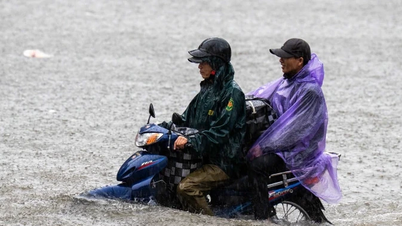











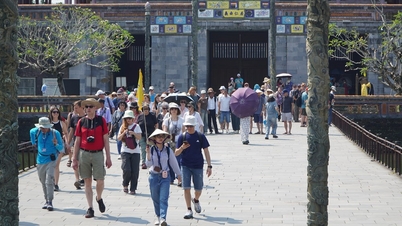












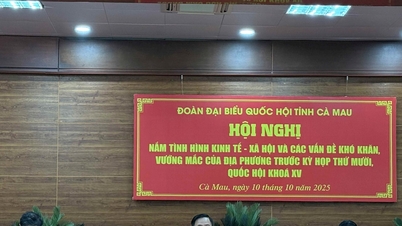


















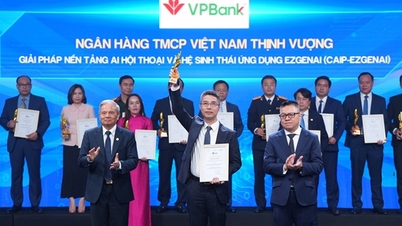













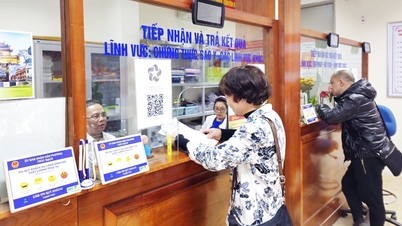




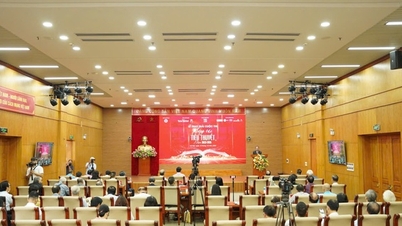
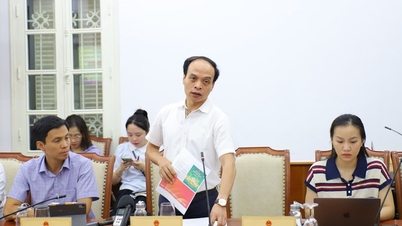





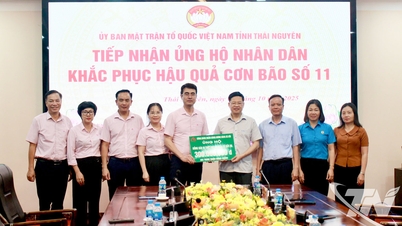

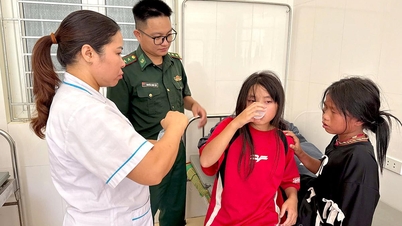

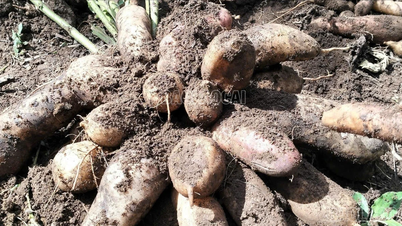
















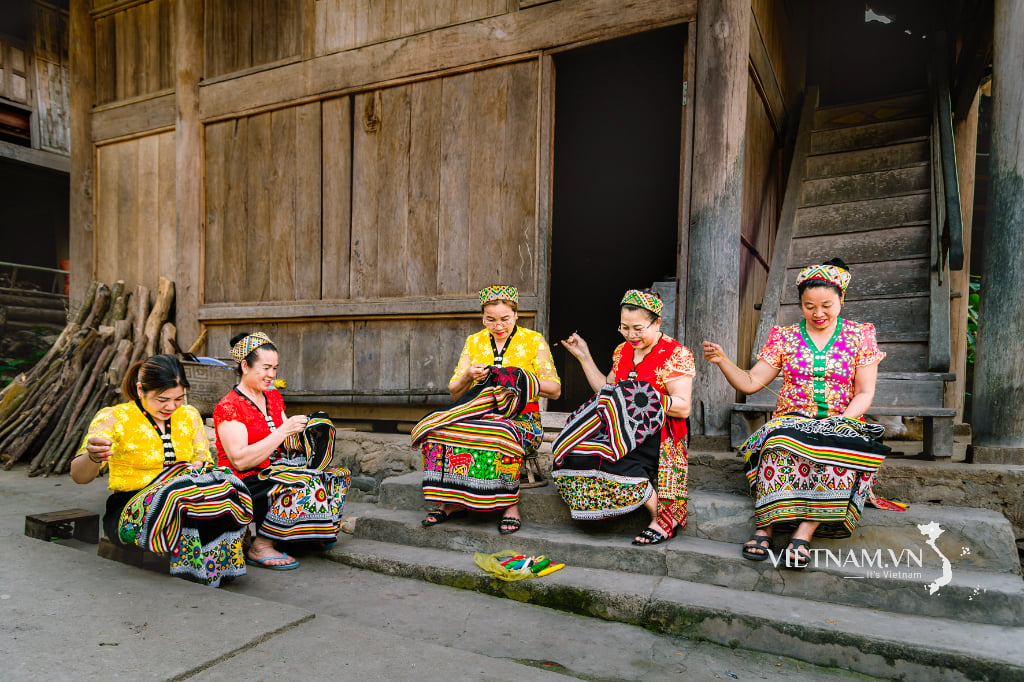
Comment (0)